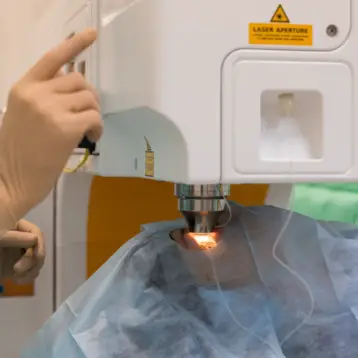|
The project is led by Dr. Patrick Kiser, Assistant Professor of Bioengineering at the University of Utah, along with colleagues in the Microbicide Delivery Lab at Utah and at Duke University where Kiser earned his doctorate. The goal of the research is to develop a method of protecting women against HIV and other sexually transmitted diseases without relying on their partners to use condoms. This is particularly important in the Sub-Saharan portions of Africa where the incidence of HIV and AIDS is extremely high and condom use is fairly low.
The gel works by reacting to the change in pH level when semen enters the vagina. The acidic conditions prior to intercourse keeps the gel in its liquid form, ensuring enough motility to coat the vagina walls. The semen lowers the acidity and the molecules in the gel react to the change by turning into a semi-solid mesh. The holes in the mesh are so small that viral particles cannot penetrate it to reach the vaginal walls.
Microbial gels designed to prevent HIV have been under development for years, but many have failed the clinical trial process. Most of these gels are designed to block cellular replication of infected cells. This new gel uses a completely different approach, one meant to prevent infection rather than treat it. Although not a drug in of itself, this polymer gel should prevent virus cells from reaching the vaginal walls and infecting them. It can also be a delivery platform for drugs designed to kill viruses or, perhaps, treat other ailments.
While some testing of the gel as a drug delivery platform has already happened, there is still a lot more work needed before it is a viable delivery system. One of the main problems is one of longevity; the drug needs to remain trapped in the shield in an active form capable of treating HIV virus particles whenever they’re encountered. At the moment, these drugs dissolve very quickly, requiring advanced notice of intercourse and the ability to apply the gel fairly soon before it occurs. To be truly viable, the gel would need to last for an extended period of time, preferably a month or more per application.
TFOT has reported on other HIV and AIDS research and treatments including the discovery of the protein that helps the virus penetrate white blood cells, the identification of specific molecules in the body that can halt the spread of HIV and AIDS, an investigation into why bone marrow transplants may help cure or halt the AIDS virus, and the examination of a gene which may influence the production of antibodies that fight HIV and AIDS.
Read a general overview of Dr. Kiser’s research into microbicides including this gel at his official University of Utah profile page and more about the early stages of this research in this Duke University press release from 2006.
Icon image providers: CDC/ C. Goldsmith, P. Feorino, E. L. Palmer, W. R. McManus










